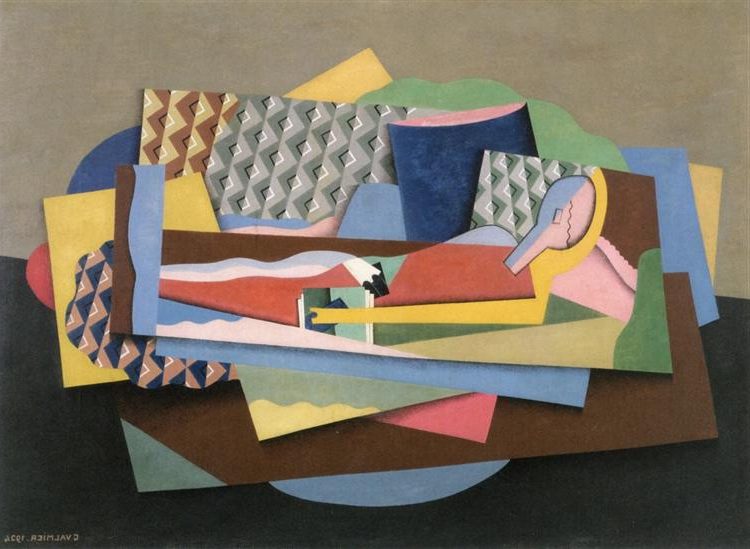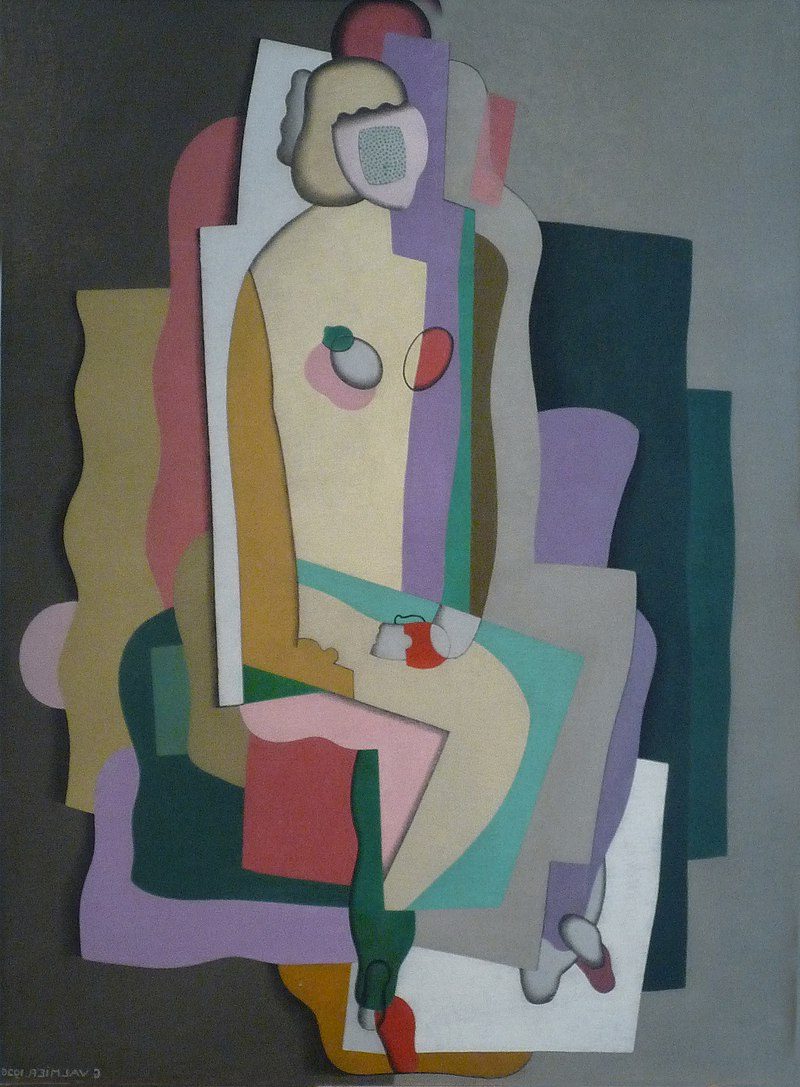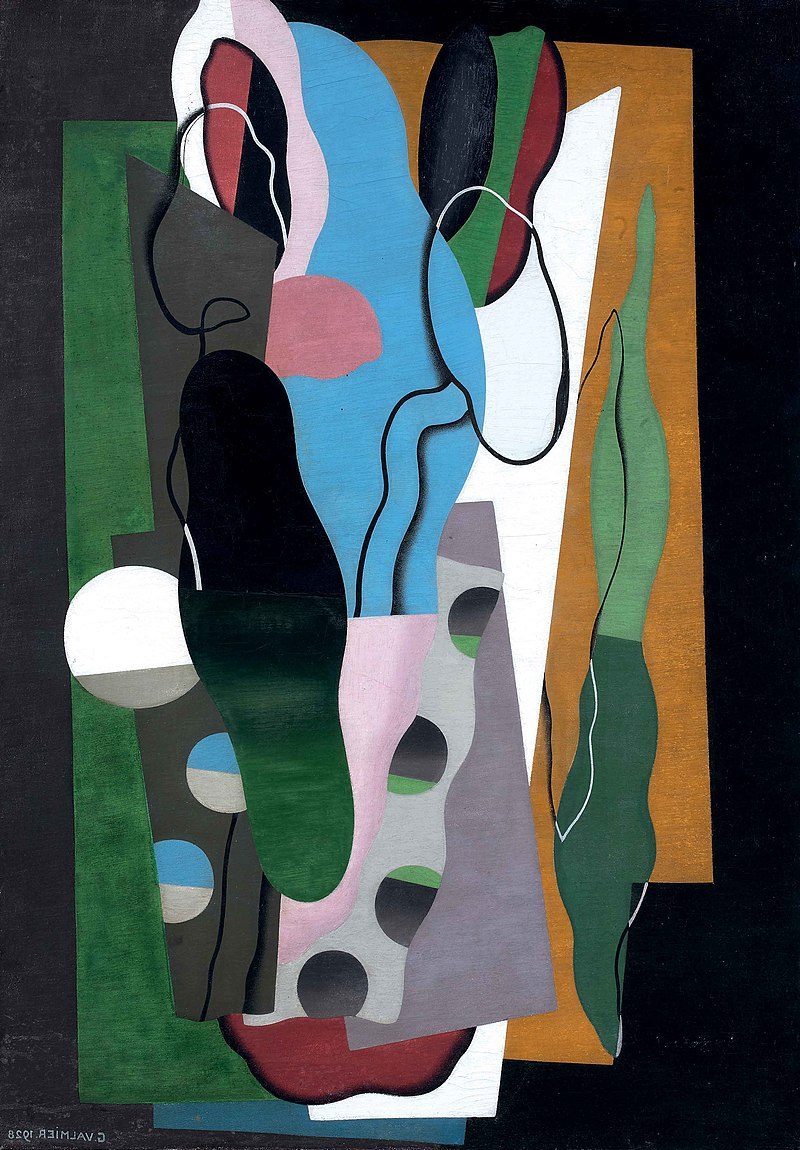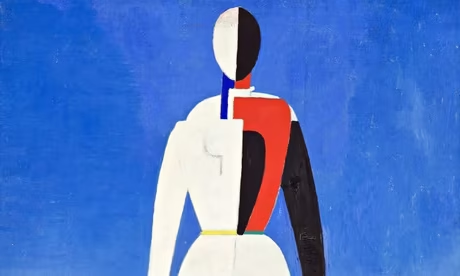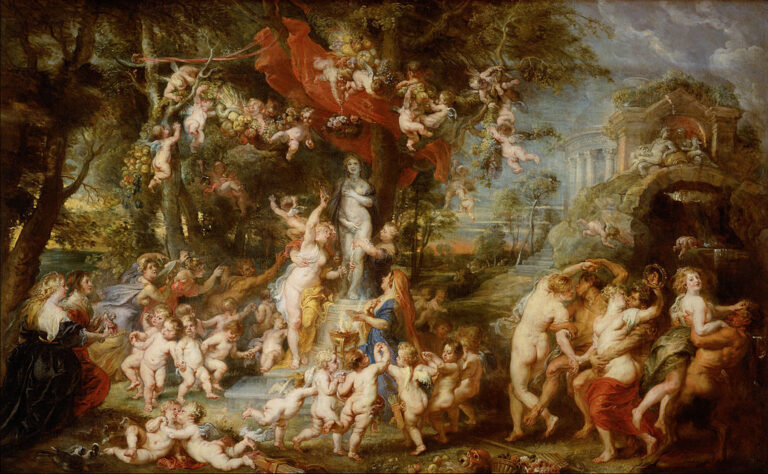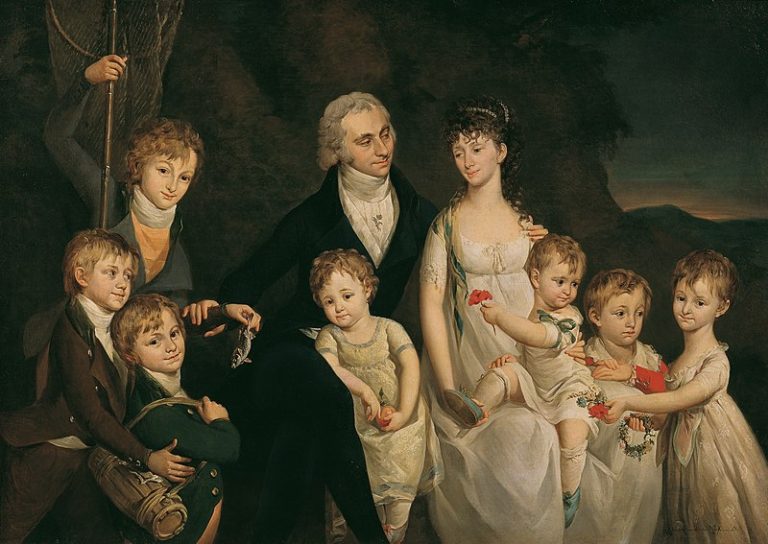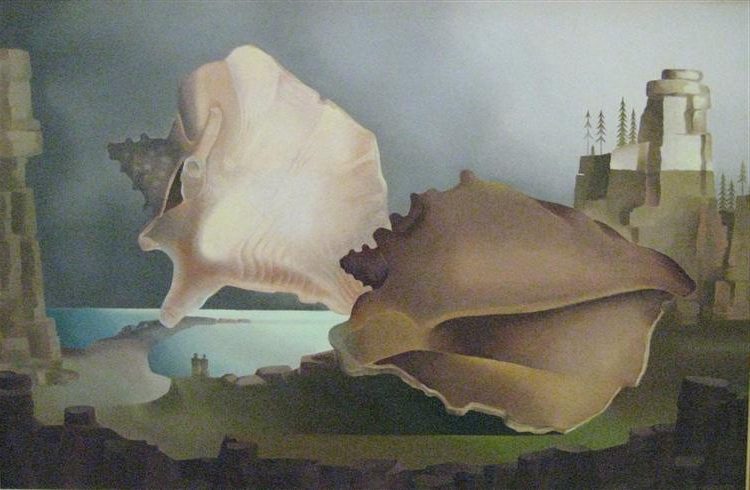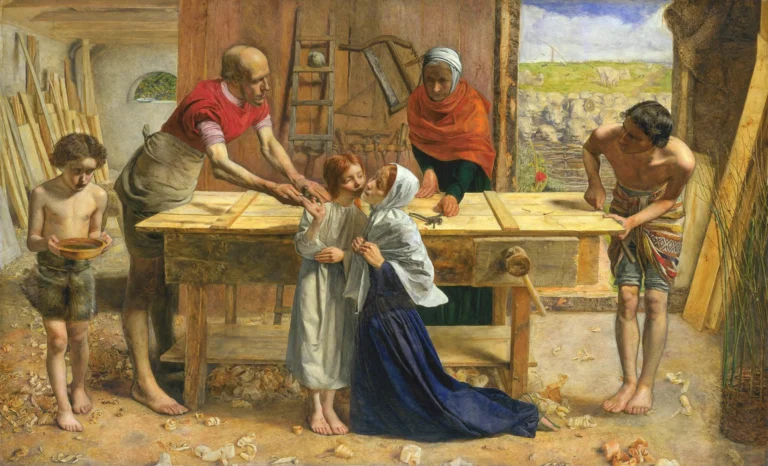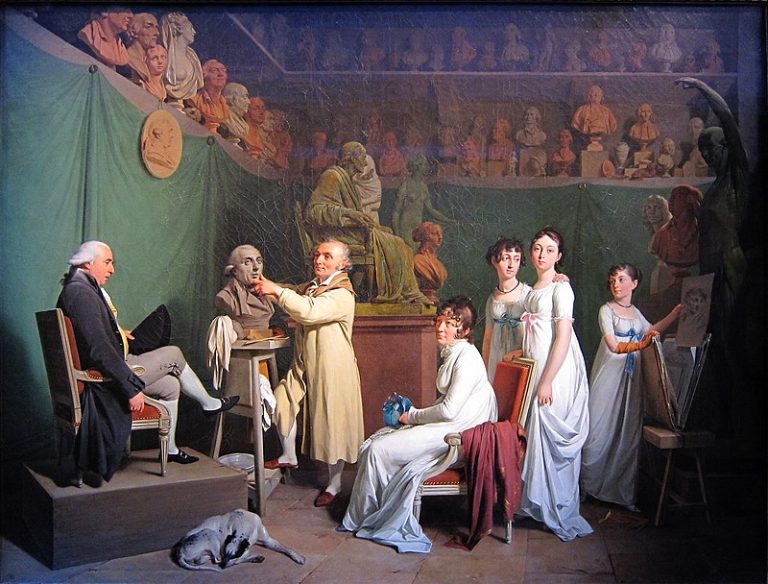Georges Valmier Painter: Cubist Pioneer of the Early 20th Century
Born: 11 April 1885, Angoulême, France
Death: 25 March 1937, Montmartre, France
Art Movement: Impressionism, Cubism, Abstractionism
Nationality: French
Teacher: Luc-Olivier Merson
Institution: École des Beaux-Arts, Bordeaux
Georges Valmier Painter: Cubist Pioneer of the Early 20th Century
Life and Career
Georges Valmier was a French painter who made significant contributions to Cubism and Abstractionism. His artistic journey spanned several major art movements in the early 20th century.
Early Life and Education
Georges Valmier was born on April 11, 1885, in Angoulême, France. He moved to Paris as a young man to pursue his artistic passion.
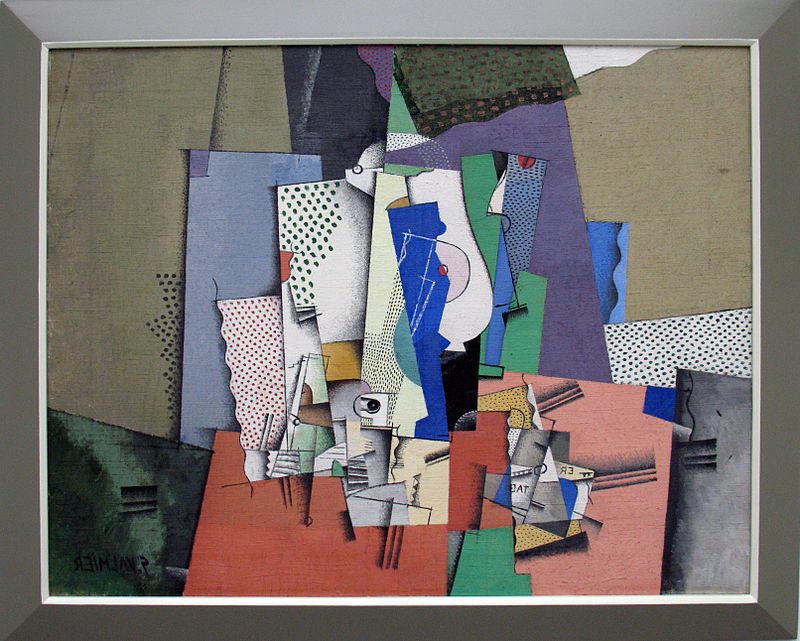
Geometrical Still Life II (1920) by Georges Valmier
Valmier studied at the prestigious École des Beaux-Arts under the guidance of Luc-Olivier Merson. He left the school before finishing his studies. This decision allowed him to explore new artistic styles beyond traditional academic painting.
Artistic Development and Influences
Valmier’s early work was influenced by Impressionism. He later discovered Cubism when he was around 25 years old. This style greatly impacted his artistic approach.
Paul Cézanne’s work played a key role in shaping Valmier’s understanding of form and color. He was also inspired by fellow artists like Albert Gleizes and Jean Arp.
Valmier lived and worked in Montmartre, a vibrant artistic community in Paris. This environment exposed him to new ideas and techniques.
Contribution to Cubism and Abstractionism
Valmier became an important figure in the Cubist movement. His paintings used bold colors, setting him apart from other Cubist artists like Pablo Picasso and Georges Braque.
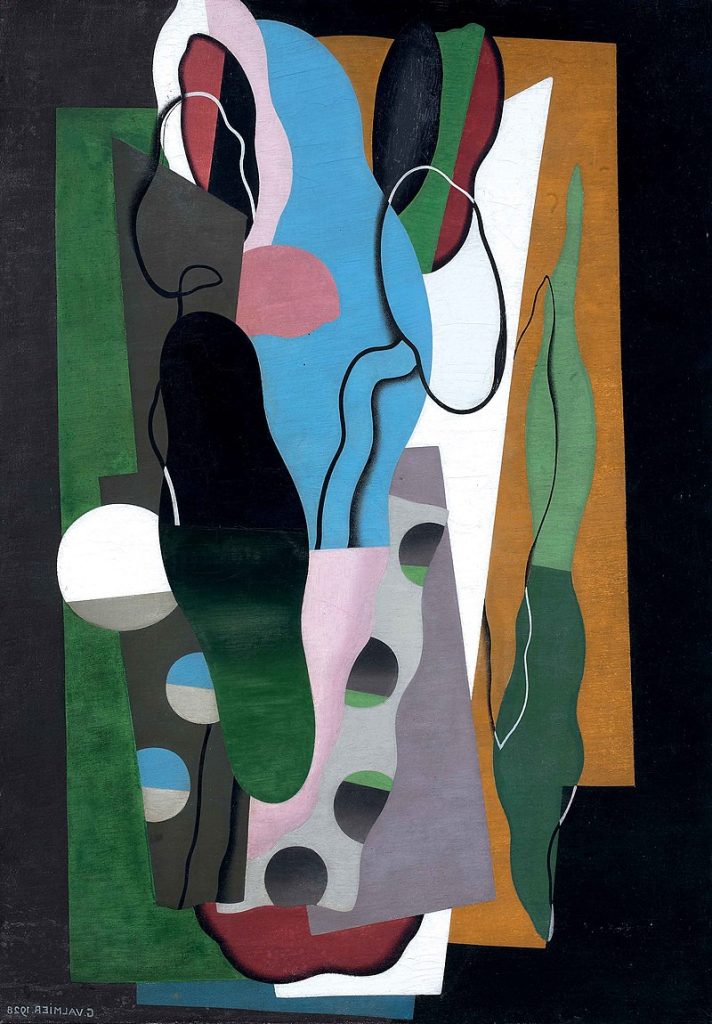
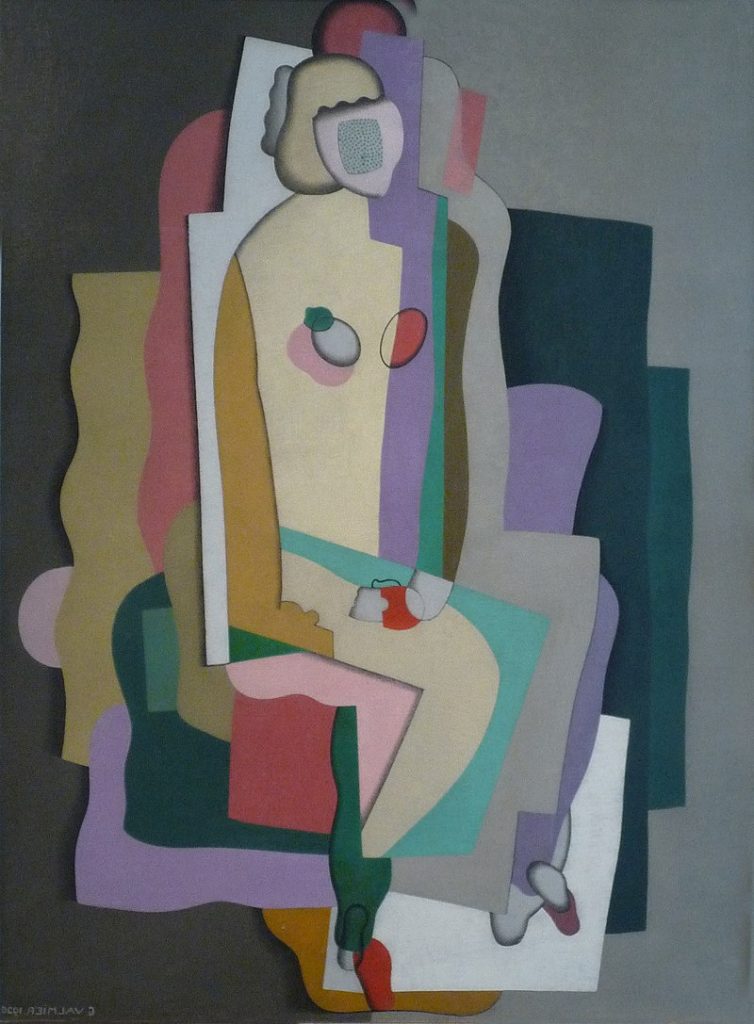
In 1921, Valmier shifted towards Abstractionism. He created geometric compositions with vivid colors and sharp lines. His abstract works influenced other artists like Leon Tutundjian and Alfred Reth.
Valmier’s art went beyond painting. He designed sets and costumes for theater and ballet. He also created patterns for fabrics and carpets.
Work and Techniques
Georges Valmier’s art evolved through different styles over his career. He explored various techniques and drew inspiration from music and theater in his paintings.
Painting Style and Methodology
Valmier’s work spanned several artistic movements. He started with Impressionism in his early years. Around age 25, he discovered Cubism and began incorporating its geometric forms. By 1921, Valmier moved into Abstractionism.
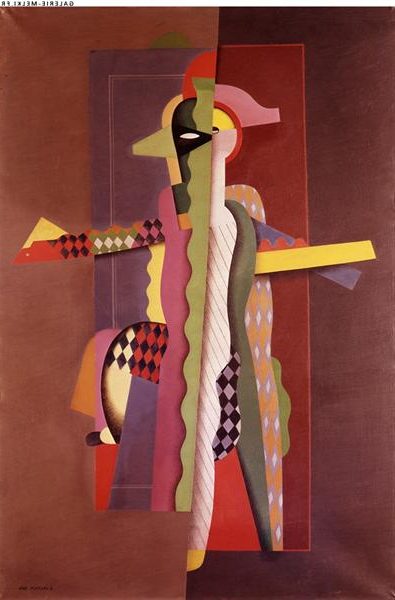
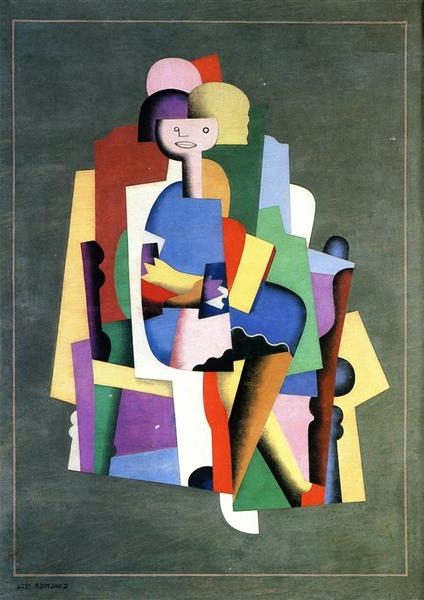
His paintings used bold colors and shapes. He created both oil paintings and gouaches.
Valmier’s style mixed curved and angular forms. He often used bright, contrasting hues in his compositions.
Valmier’s abstract works featured interlocking geometric shapes. He arranged these forms to create rhythm and movement on the canvas.
Musical and Theatrical Inspirations
Music played a big role in Valmier’s art. He was also a musician and drew ideas from composers like Debussy, Ravel, Fauré, and Satie.
Valmier tried to capture musical concepts in his paintings. He used colors and shapes to represent rhythm, harmony, and melody. His abstract works often had a musical quality in their composition.
Theater also influenced Valmier’s art. He designed sets and costumes for stage productions. This work informed the dramatic use of color and form in his paintings.
Collaborations and Exhibitions
Valmier worked with other artists of his time. He joined the Abstraction-Création group in 1931. This group promoted abstract art in Paris.

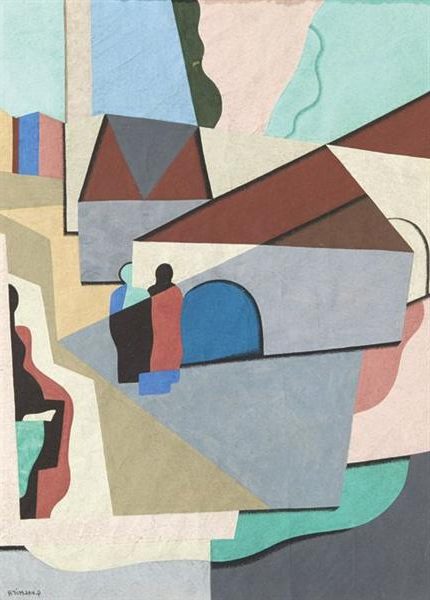
He exhibited his work at Léonce Rosenberg’s L’Effort Moderne gallery. Rosenberg was Valmier’s main art dealer from 1918 until the artist’s death in 1937.
Valmier collaborated with musicians like Florent Schmitt. He also worked alongside other abstract artists such as Jean Arp and Leon Tutundjian. These partnerships helped shape Valmier’s artistic vision and style.
Legacy and Influence
Georges Valmier’s artistic journey left a lasting mark on modern art. His unique approach to Cubism and Abstraction influenced many artists and movements that followed.
Impact on Modern History of Painting
Valmier’s work bridged the gap between Cubism and Abstraction. He took Cubist ideas and pushed them further, creating bold, colorful compositions. His paintings featured inventive shapes and decorative motifs that set him apart from other artists of his time.
Valmier’s art was shown at the Salon des Independants, gaining recognition among his peers. He also exhibited at the Galerie de l’Effort Moderne, run by art dealer Léonce Rosenberg. This exposure helped spread his ideas to a wider audience.
The artist’s preparatory drafts and finished works are now held in major museums. The Kröller-Müller Museum and Solomon R. Guggenheim Museum both have Valmier pieces in their collections.
Valmier’s Followers and Protégés
Valmier’s style inspired other artists of his era. He was part of the Abstraction-Création group, which included Georges Vantongerloo. This group aimed to promote abstract art and geometric painting.

Geometrical Still Life I (1919) by Georges Valmier
The artist’s ideas lived on through his students and admirers. Composer André Jolivet was greatly influenced by Valmier’s approach to color and form. Jolivet applied these concepts to his music, creating a unique link between visual art and sound.
Valmier’s work was featured in the Bulletin de l’Effort Moderne, an important art magazine of the time. This helped spread his ideas to a new generation of artists who were exploring abstract forms and bold color use.
Frequently Asked Questions
Georges Valmier was an important French painter of the early 20th century. His work spanned several major art movements and left a lasting impact.
What artistic movement is Georges Valmier associated with?
Georges Valmier is most closely linked to Cubism. He began exploring Cubist techniques around 1910 when he was in his mid-20s.
Valmier’s Cubist works featured fragmented forms and multiple viewpoints. He brought his own style to Cubism by using bold colors.
What are some notable works of Georges Valmier?
Some of Valmier’s best-known paintings include “The Pianist” and “Musical Forms.” These works show his interest in music and abstract shapes.
Valmier also created set designs for theater and ballet productions. He made patterns for fabrics, carpets, and other decorative items.
How did Georges Valmier contribute to the development of abstract art?
Valmier moved toward more abstract styles starting in 1921. He helped push art beyond representation toward pure form and color.
He was an early member of Abstraction-Creation, a group that promoted non-figurative art. Valmier worked with other artists to explore new abstract techniques.
During what period was Georges Valmier most active in his painting career?
Valmier was most active from about 1910 until his death in 1937. His career spanned nearly three decades.
This period saw major shifts in art. Valmier’s work changed with the times, moving from Impressionism to Cubism to abstraction.
Which museums or galleries feature the works of Georges Valmier?
Valmier’s paintings can be found in several major art museums. The Centre Pompidou in Paris has some of his works in its collection.
Other museums with Valmier pieces include the Museum of Modern Art in New York and the Tate Modern in London.
How has Georges Valmier’s style evolved over the course of his artistic career?
Valmier’s style changed greatly over time. He started with Impressionist paintings in his early years.
Around 1910, he adopted Cubist techniques. His later work became more abstract, using geometric shapes and bright colors.

